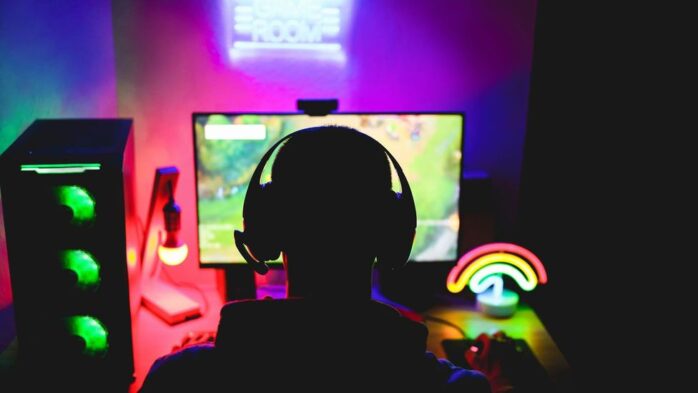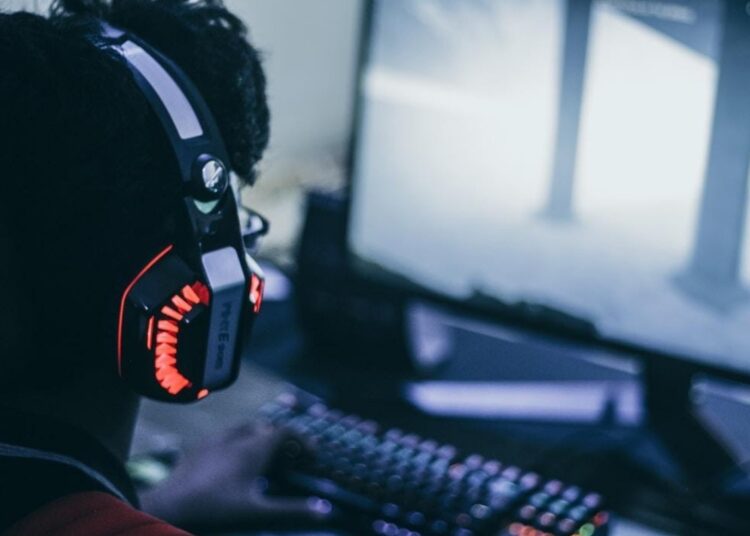
Regardless of whether you’re a professional gamer or just a plain computer user – you are surely considering how to balance your wishes and possibilities when it comes to purchasing a monitor. We all wish for the one better for our vision – but also one whose resolution will allow us to enjoy just about everything, from videos to games. Therefore, many people wonder if 144Hz monitors can be more beneficial for our eyes. Here’s what we all need to know about it.
Choosing A Good Monitor Is Very Important
People who are spending hours in front of the computer know very well about tired eyes syndrome. After the hours you spend in front of the screen, you will feel that burning sensation in your eyes, or even a headache. We are sure you’re already familiar with the action of the so-called blue light but also the consequences it leaves on us. Therefore, it is truly important to select the right monitor. However, the vast majority of us often find ourselves in a gap between our wishes and possibilities. Namely, better models are usually more expensive. Also, there are certain claims that our eyes cannot register more than 60Hz. Then why is it important to pick a monitor over 60Hz? It is essential because although our eyes cannot recognize the contrast, the brain does notice it. So, let’s see which monitors are the best choice and why.

Image Display Quality On The Monitor: Optimal Volume
While the vast majority of the inexperienced users mainly focus on the size of the screen in inches – a smaller number of users know that actually, the quality of the picture is of far greater importance. What exactly does that mean? Well, as we mentioned that the eyes can’t register anything over 60Hz – but our brain registers even more. It means that in this respect, the monitor’s volume in Hers plays an extremely important role. That does not only concern gamers – but also others who, for various reasons, spend a lot of time on the computer. It leads us to the question: So how many frame rates can we register? We know that frame rate is the swiftness of the frames that we can see. The higher the speed – the better and more realistic the picture on the monitor. When that speed reaches about 200 FPS – we will see the picture as realistically as in real life and the environment.
Of course, our eyes detect flickering lights or movement in different ways, but most often at about 60 Hz. With higher FPS, we will not notice these flickerings – but the pic will appear completely realistic. That is precisely why it is considered that monitors with a power of 120-144Hz are the most optimal because our eyes will not register frequent flickers and, therefore, will tire less.
Why Is It Better To Use A 144Hz Model?
Whether you opt for 120Hz or 240Hz, your eye will not be able to make a distinction. However, in some cases, even that is possible. What we can say is that experts find 144Hz a truly optimal volume because it provides everything your eye needs. However, many gamers will disagree and say they have a much better experience at 240Hz. According to techweep.com, perhaps the best way is to try it, notice the disparities (if you can tell any) – and then choose. Here are five more things you need to know.

1. Visibility angles
It’s perfectly OK for monitor manufacturers to charge you for a monitor whose image visibly darkens as soon as you’re not directly in front of it. For gaming, this is OK – just be sure to sit right in front of the screen for the most part. For super-secret jobs, this can even be an advantage. Namely, those looking from the side can hardly see what is on the screen. However, for work, this can be quite frustrating. It is generally better when the monitor has wider viewing angles.
2. Colors palette
Commonly, modern monitors cannot display completely black color across the entire screen, since they have a weaker contrast, and the display of other colors is not very realistic. There is a lot of marketing talk in this sphere about different backlight technologies – but the bottom line is that manufacturers are generally asking a lot of money to give you a monitor that does this properly. Monitors mix colors by combining red, blue, and green – plus adding the necessary lighting to obtain all possible shades. For a long time, they had 8 bits for each of the three colors. That’s 256 different intensity levels per color. For a more realistic display of colors, especially for professional use – that is not enough. Quality monitors come with a 10-bit palette, that is, 1024 levels per color.

3. Screen refresh frequency and response time
Talking about this, we must first dispel the widely held myth that the human eye can only see 24 images per second or some limited number of images. Namely, if you watch a recording with 25 frames per second, you will not notice that it consists of many changing thumbnails. However, if you shoot and display a fast-paced action scene at 60 frames per second – the action will appear noticeably smoother than a shot at 30 frames per second. In this sense, the refresh rate is of great importance. That is the image refresh rate. That means precisely how many times per second the monitor can draw an old or changed, new image on the screen. On the other hand, the refresh rate of the screen is what is expressed in Hertz (Hz).
Conclusion
In the end, we can say that the most important thing is to choose a monitor according to its future purpose. Keep in mind that you cannot trust anyone but yourself. Namely, many of the reviews you can find online are quite exaggerated. On the other hand, you should keep in mind some other factors that affect eye fatigue. Therefore, it is recommended to adjust the brightness of the monitor, as well as adequate lighting. Only when you use a monitor of a particular volume for a while – you will be able to say that it is optimal for you. Nevertheless, some users’ experiences speak in favor of the fact that monitors of 144Hz are more than satisfactory for the majority.











